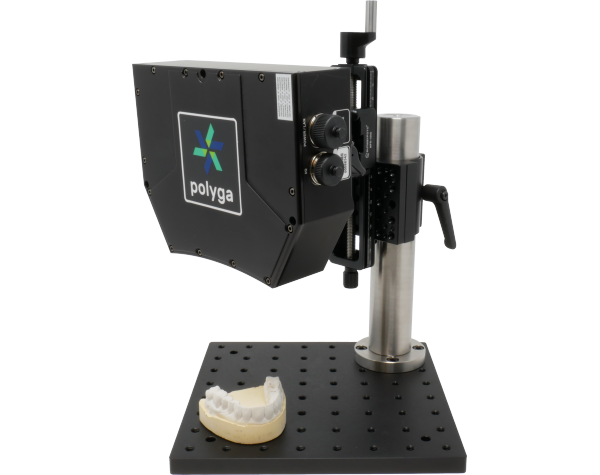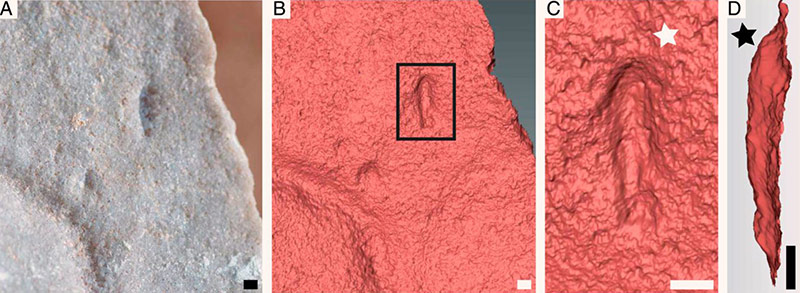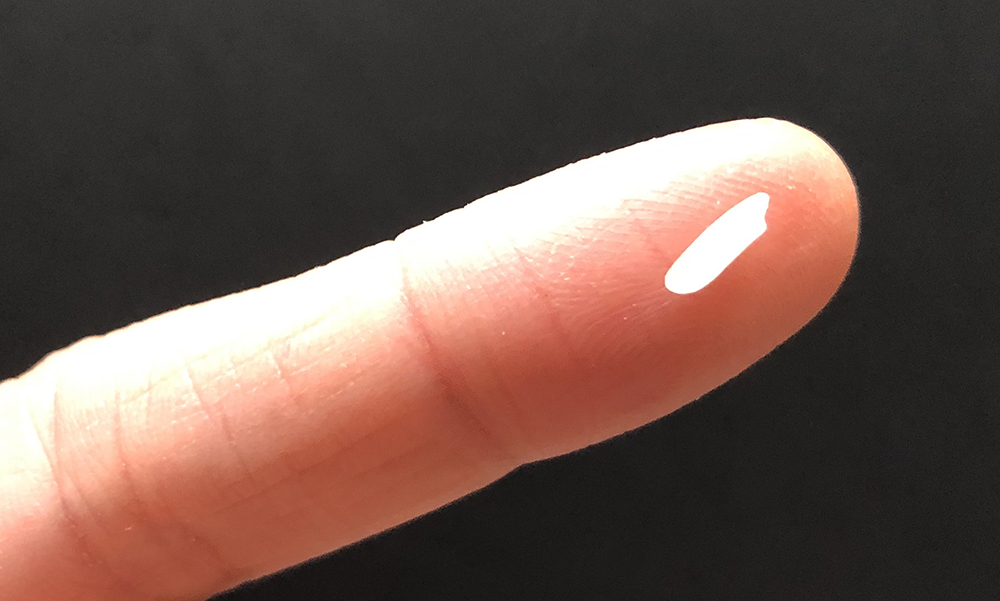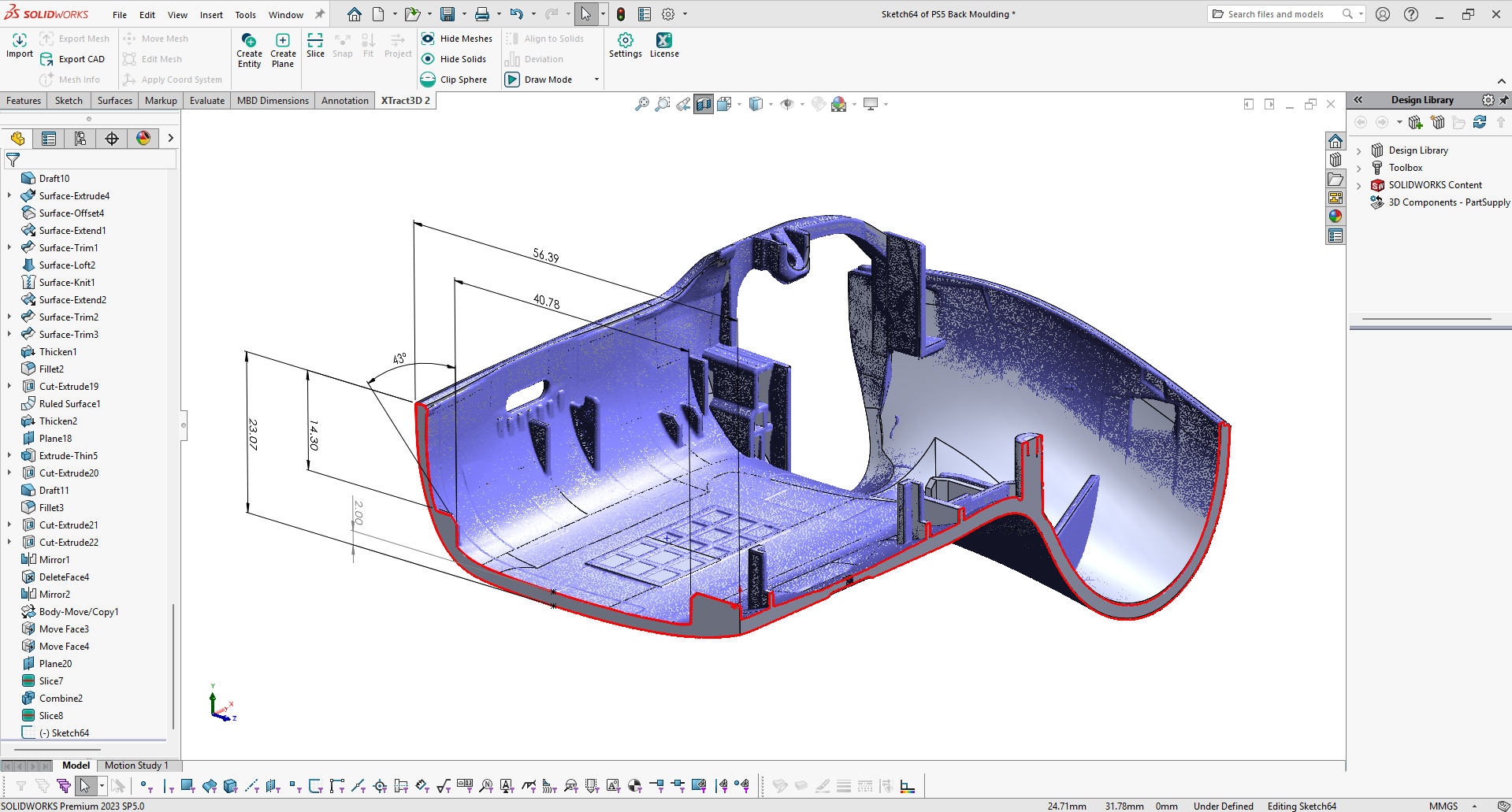3D Scanning Case Study – C506
We always love to hear when our 3D scanner is making a difference in the world. The Polyga Compact C506 played an instrumental role in helping researchers identify Ikaria wariootia, one of the oldest bilaterians from South Australia. The research paper was recently published by the Proceedings of the National Academy of Sciences.

The macro 3D scanner captured 3D scans of the impressions of the Ikaria wariootia measuring between 2 to 7 mm long and about 1 to 2.5 mm wide.

3D scans of the oldest bilaterian, Ikaria wariootia using the Compact C506 to conduct morphological investigation. (Source: Droser Lab/University of California, Riverside)

To put that into perspective, it’s similar to using the Compact C506 to scan a grain of rice. The 3D scanner is capable of capturing 3D scans with an accuracy of up to 12 microns (0.012 mm).
“We thought these animals should have existed during this interval, but always understood they would be difficult to recognize. Once we had the 3D scans, we knew that we had made an important discovery.”
Scott Evans Smithsonian National Museum of Natural History and co-author of the study
Read the case study and discover how the Compact C506 aid in the discovery of the origins of animals.
